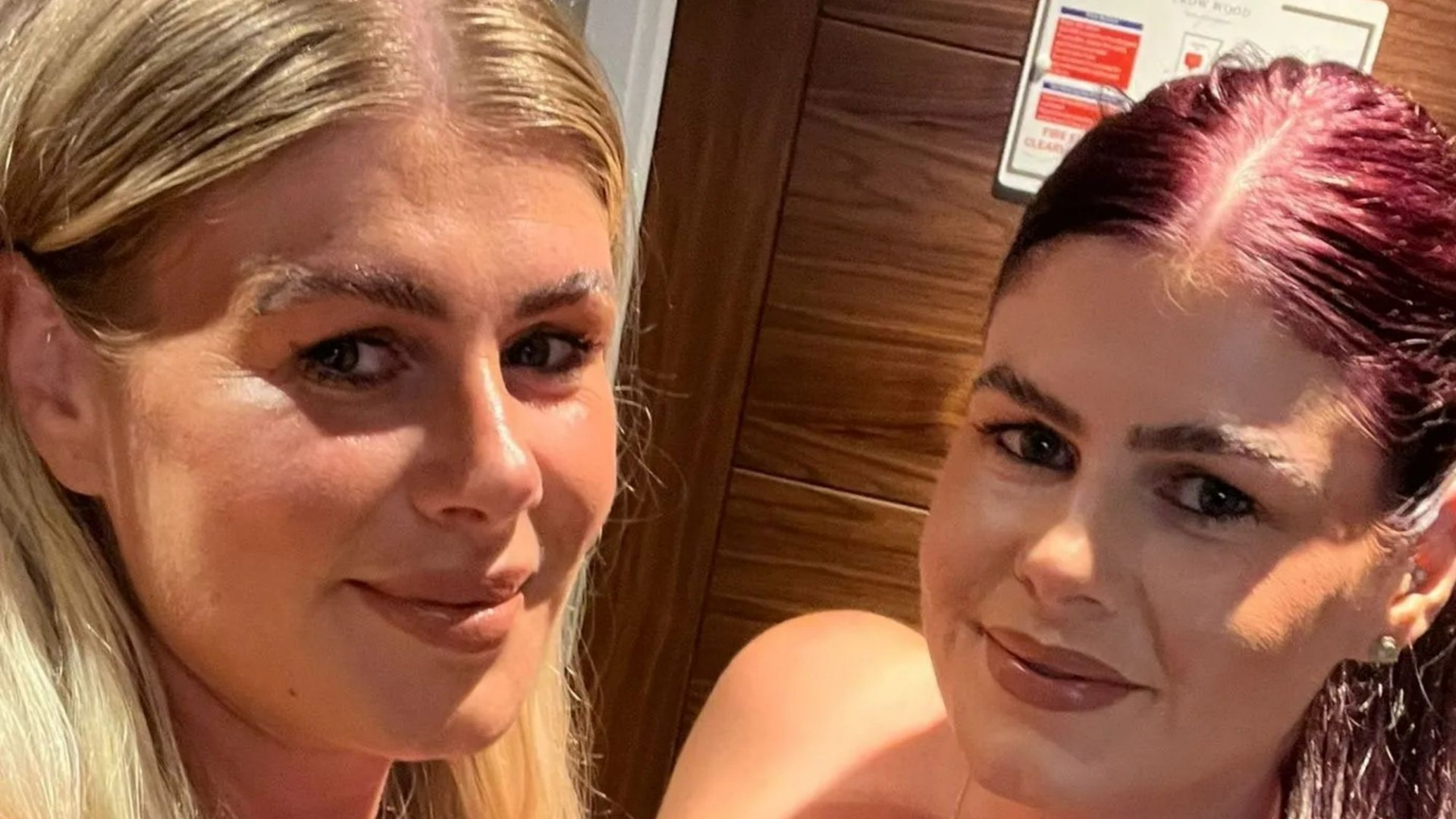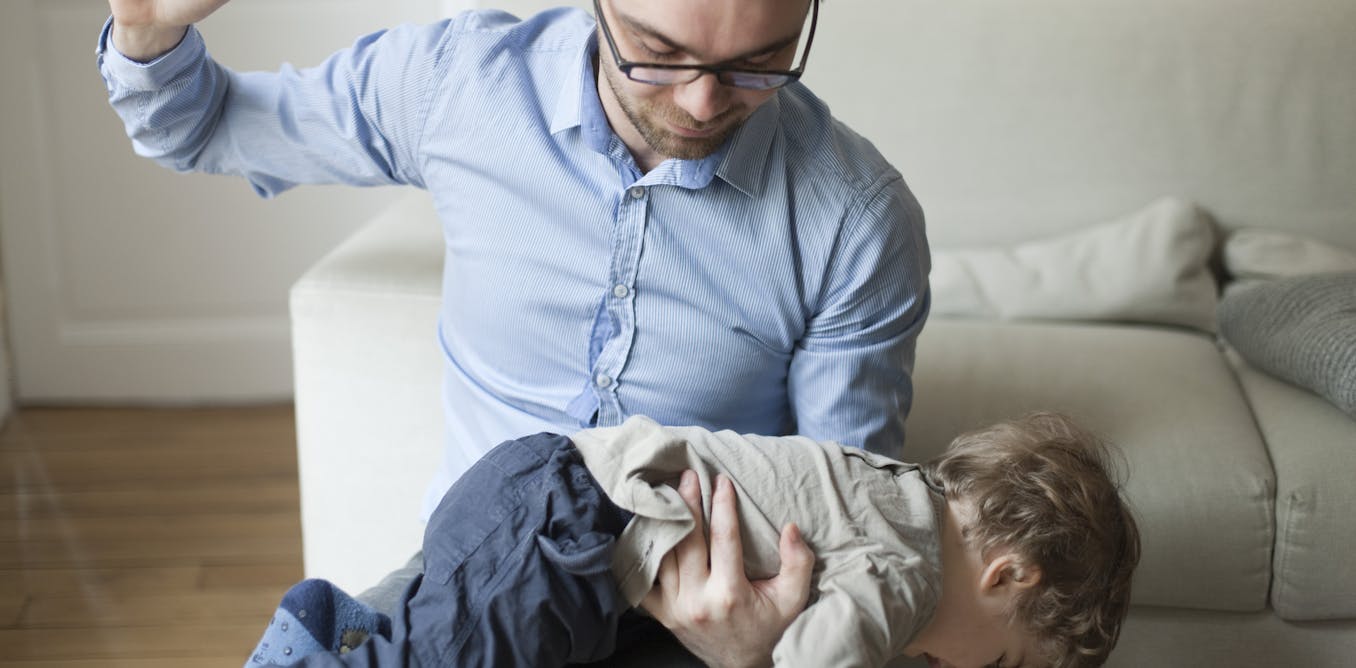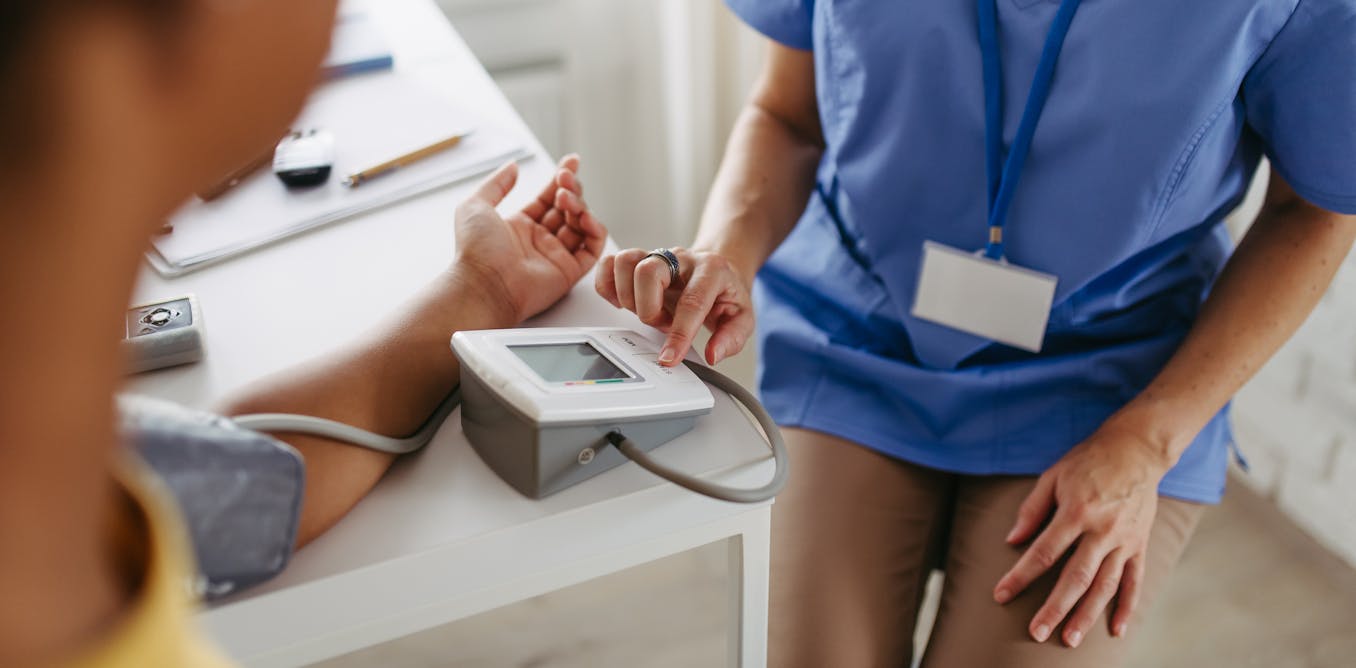A MUM’s typical ‘flu’ symptoms turned out to be the signs of a little-known but very aggressive cancer.
Emma Snape, from Lancashire, began to come down with cold-like symptoms in February, which quickly escalated, landing her in hospital.
4

4
Doctors at first diagnosed the 34-year-old with pneumonia, a serious and sometimes life-threatening lung infection.
Months later, tests revealed the underlying illness to be epithelioid hemangioendothelioma (EHE), an extremely rare cancer that only affects one in a million people.
It forms in the cells that line the blood vessels and can emerge anywhere in the body.
EHE is most commonly associated with young and middle-aged adults, and is more common in women.
One of the signs is a dry cough that can make breathing difficult.
When Emma was diagnosed, doctors found 20 nodules in her lungs and more in her omentum – the fatty tissue extends from the stomach to the intestines.
The mum-of-two was told her cancer was terminal.
Only half of those who receive a diagnosis will live longer than five years.
She has since been in and out of the hospital for dozens of appointments, as she continued to fight the horrendous condition.
Emma’s twin sister Kym, also a mother of two, said: “[It’s been] heartbreaking to watch her go through this.
“It’s technically a terminal diagnosis as there’s no cure for it. It’s been the hardest year,” the 34-year-old said.
She added: “With her being my twin, it’s been so hard for me not being able to control this situation and make her better as she is literally my other half.”
‘Agonising pain’
Emma, described her sister as “the real superwoman”, referring to her unwavering help in her time of need.
“I don’t know what I’d have done without Kym,” she said.
“From day one after getting my diagnosis she’s been full into research, fundraising, gathering all sorts of different contacts to help me, whilst having her own young family to care for.
“It’s been so wonderfully overwhelming how generous and kind people have been.
!["[It's been] heartbreaking to watch her go through this,"said Kym (right)](https://www.thesun.co.uk/wp-content/uploads/2024/09/2024-twin-shared-heartbreak-sister-935263472.jpg?strip=all&w=768)
4

4
“Everyone just wants to help, my work, small businesses, family and friends.
“People really have come together for me.”
Kym said that some days her sister suffers “agonising pain” due to her condition.
“She’s fighting against this disease every day whilst remaining the world’s best mummy to her two boys and partner.’
Kym has set up a donation page to raise money for the EHE Rare Cancer Charity (EHERCC), which is working hard to find a cure.
She has so far raised over £6,000 from big-hearted locals and will take on a sponsored run in November to help pull in further cash.
Kym, said: “I have taken control in the only way possible which is to learn about this disease and to raise money for critical research to take place in the hope of finding a cure.”
Epithelioid hemangioendothelioma: Everything you need to know
Epithelioid hemangioendothelioma (EHE) is a rare cancerous tumor that forms in cells lining your blood vessels, anwhere in the body.
Most tumours appear in your liver, lungs or bones.
EHE is most commonly associated with young and middle-aged adults and is rare in children. It is also more common in women.
EHE is thought to be caused when certain chromosomes (the parts within cells that contain DNA) are broken apart and put back together in the wrong way.
Researchers are still trying to find out why this happens and whether this causes EHE.
Signs and symptoms
Symptoms of EHE can vary depending on the size and location of your tumour.
You may experience all, some or none of these symptoms before you are diagnosed with EHE:
- A lump or swelling in the soft tissue of the body under the skin
- This lump is often slow-growing but can be painful depending on its location. They can also cause bone fractures if the lump is located in or near to a bone
- EHE in the liver can cause stomach pain and weight loss
- Dry cough and difficulty breathing for people with EHE in the lungs
Treatment
The first treatment method for EHE is surgery.
The surgeon will remove the tumour and aim to take out an area of normal tissue too – this is known as “taking a margin”.
This is to make sure that all of the cancer has been removed.
Radiotherapy, chemotherapy, targeted and immunotherapy are also used to destroy cancer cells and stop more cells growing and spreading.
Source: Sarcoma UK




